subscribe to our Newsletter
Beware of the Unseen Expenses in Kitchen Cabinet Renovations: Key Considerations
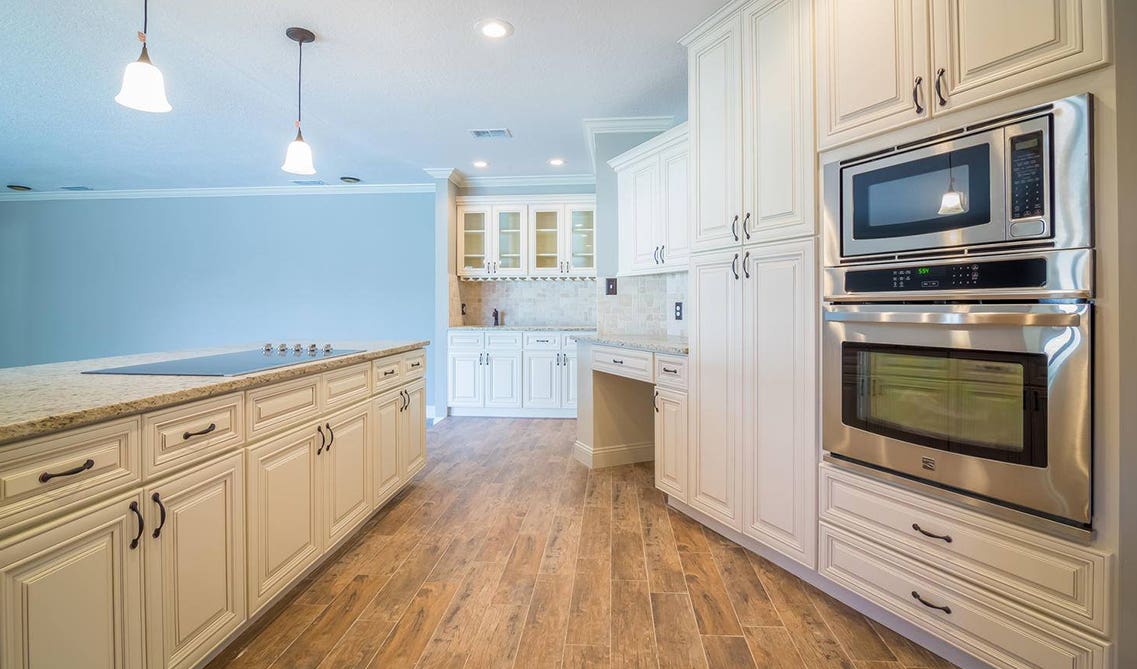
Lily Ann Cabinets: Bristol Linen
Renovating your kitchen is an exciting project that can add value and functionality to your home. One of the most significant changes you can make in your kitchen renovation process is updating the cabinets. However, what may seem like a straightforward project can quickly spiral into a budget-busting endeavor if you're not careful. Here are some hidden costs of kitchen cabinet renovations to watch out for:
Structural Changes:
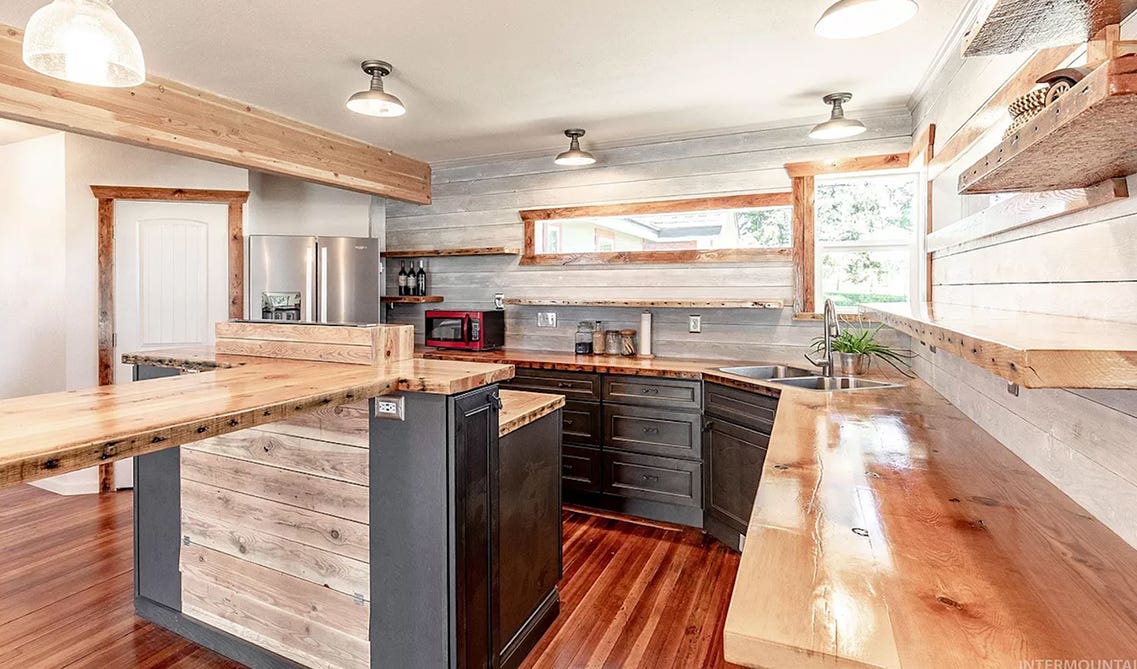
Lily Ann Cabinets: York Driftwood Grey
Structural changes are a critical consideration in any kitchen renovation, especially when it comes to cabinet replacement. Before diving into your project, assess if any modifications to the kitchen layout are necessary. Moving or removing walls, for example, can dramatically alter the space but also come with substantial costs. Relocating plumbing or rewiring electrical outlets to accommodate new cabinet configurations can add complexity and expense to your renovation. Understanding the potential impact of these structural changes on your budget and timeline is essential for a smooth and successful kitchen cabinet renovation.
Customization:
Lily Ann Cabinets: Grey Shaker Elite
While stock cabinets are a cost-effective option for many homeowners, they often come in standard sizes and limited styles. This can be a drawback if your kitchen has a unique layout or if you're looking for specific design features. Custom cabinets, on the other hand, are tailored to fit your space perfectly and can be designed to match your aesthetic preferences. However, the customization process can significantly increase the cost of your renovation. It's essential to weigh the benefits of custom cabinets against their higher price tag to determine the best option for your budget and needs. With Lily Ann Cabinets, we make the process for customizations as easy as possible for our customers and at a low rate!
Hardware and Accessories:
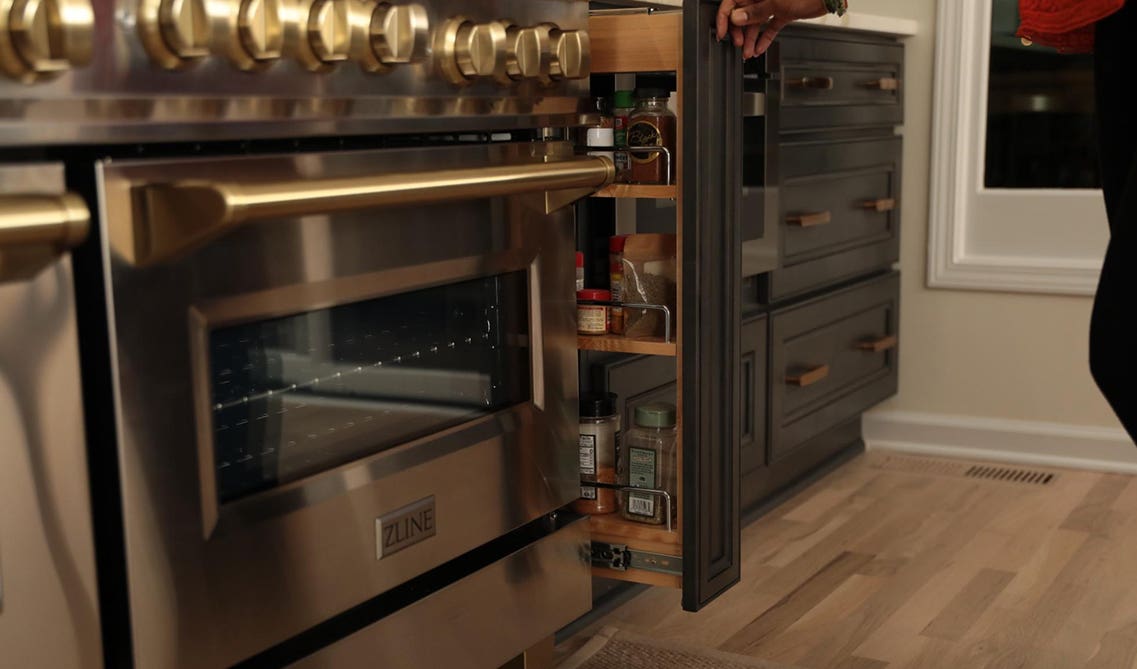
Lily Ann Cabinets: York Driftwood Grey
In addition to the cost of cabinet hardware, other accessories and features can contribute to the overall expense of your renovation. Pull-out shelves, for example, can enhance accessibility and storage capacity but typically come at an additional cost. Lazy Susan’s are another popular option for maximizing corner cabinet space but can add to the total cost of your cabinetry. When planning your renovation, it's essential to consider these additional features and their impact on your budget, weighing the benefits of improved functionality against their added expense.
Finishes and Materials:
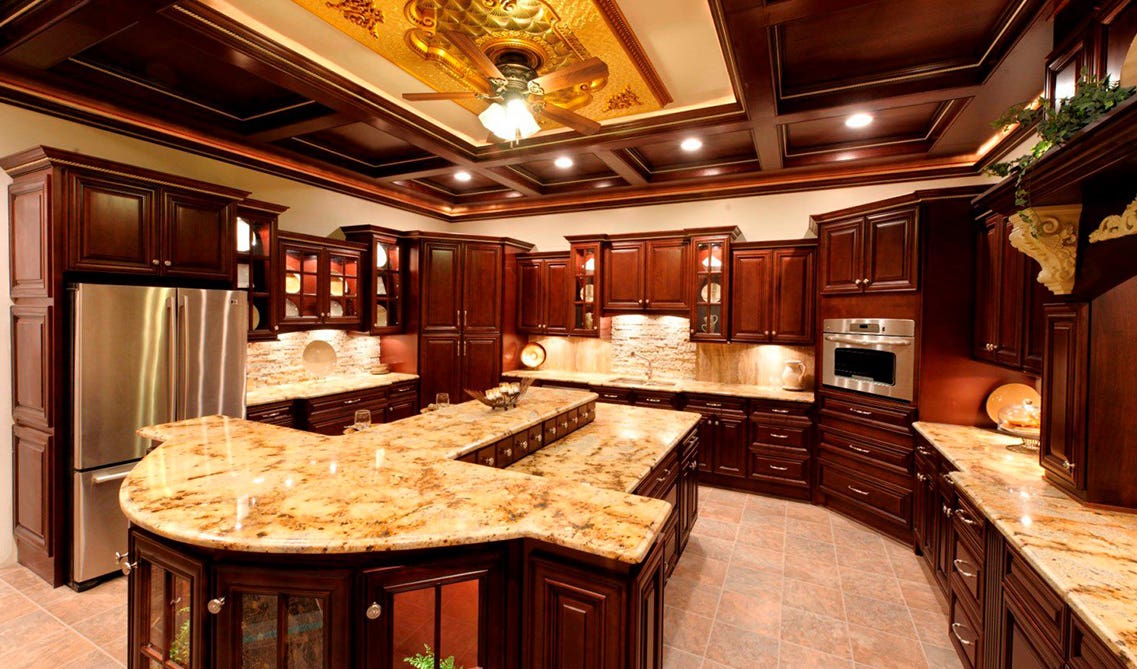
Lily Ann Cabinets: Charleston Cherry
When selecting finishes and materials for your cabinets, it's important to consider not only the cost but also the durability and aesthetics they provide. High-quality wood, such as oak, cherry, or maple, often comes with a higher price tag but offers superior durability and a luxurious look. Custom finishes, such as hand-painted designs or intricate woodwork, can add a unique and personalized touch to your cabinets but may also increase the overall cost of your renovation.
Conversely, opting for more budget-friendly materials like laminate or thermofoil can help reduce costs but may not offer the same level of durability or aesthetic appeal. Balancing your budget with your desired look and functionality is key when selecting finishes and materials for your kitchen cabinet renovation.
Labor Costs:
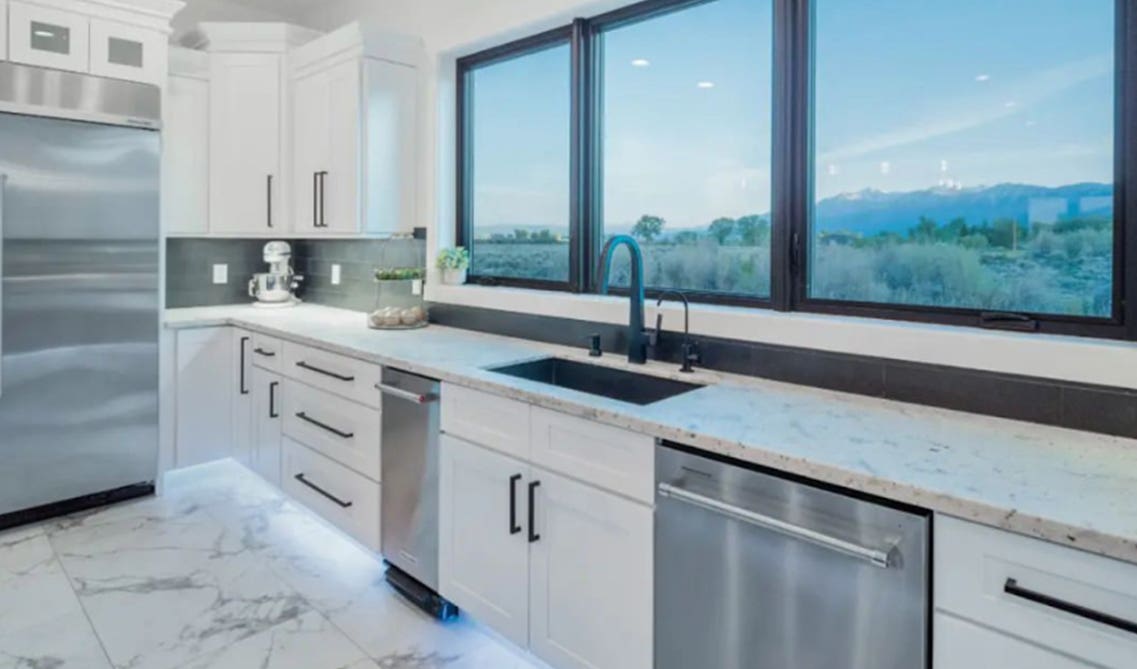
Lily Ann Cabinets: Colorado White Shaker
Labor costs for cabinet installation can vary widely depending on several factors. The complexity of the installation, such as the size and layout of your kitchen, the type of cabinets being installed, and any structural modifications needed, can all impact the cost. Additionally, the region you live in can also affect labor costs, with urban areas generally having higher rates than rural areas.
It's important to budget accordingly for labor costs and to obtain quotes from multiple contractors to ensure you're getting a fair price. Working with a reputable contractor who has experience with cabinet installation can help ensure that the job is done correctly and efficiently, minimizing the risk of additional costs down the line. If you choose to put your cabinets together yourself, check out Lily Ann Cabinets to find your perfect cabinet, shipped to you ready to assemble.
Unforeseen Issues:
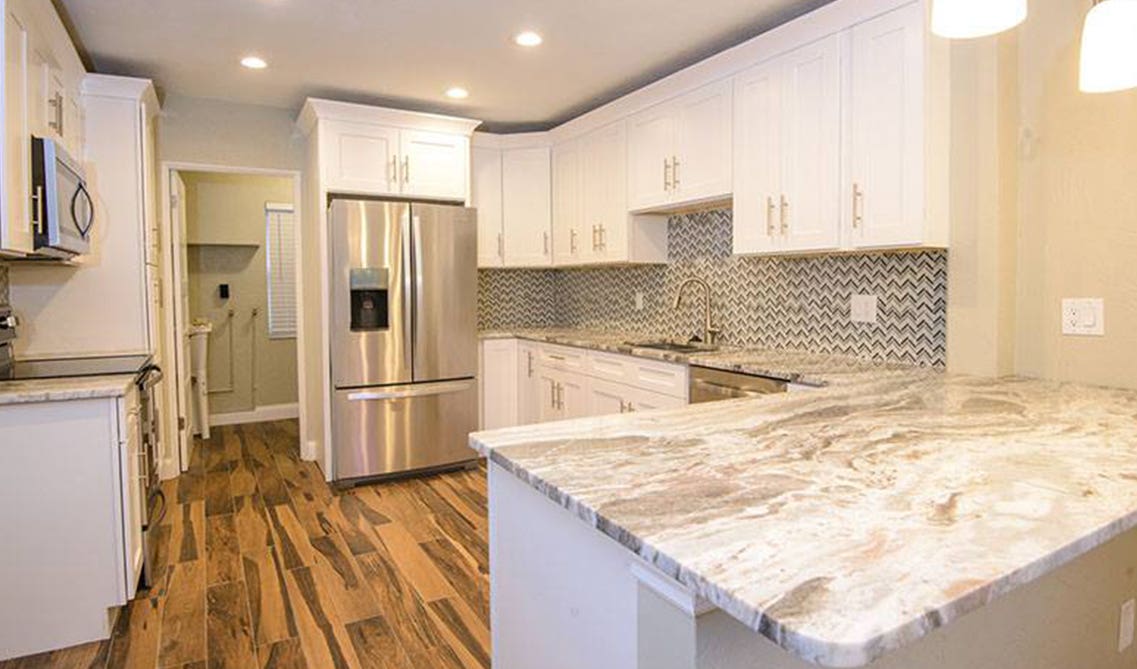
Lily Ann Cabinets: Summit White Shaker
Unforeseen issues can quickly derail a kitchen cabinet renovation project, both in terms of budget and timeline. When cabinets are removed, hidden problems such as water damage, mold, or structural issues may be uncovered, necessitating additional repairs and costs. Addressing these issues promptly is crucial to prevent further damage and ensure the success of your renovation.
To mitigate the risk of unforeseen issues, it's essential to conduct a thorough inspection of your kitchen before starting the renovation. Look for signs of water damage, such as warped or discolored cabinetry, as well as any indications of mold or mildew. If you suspect any underlying issues, it may be wise to consult with a professional contractor or inspector before proceeding with the renovation.
Including a contingency fund in your budget can also help cushion the impact of unforeseen issues. By being proactive and prepared, you can minimize the risk of unforeseen issues and ensure a smoother and more successful kitchen cabinet renovation.
Permitting and Inspection:
Lily Ann Cabinets: York Linen
Permitting and inspection requirements vary widely depending on your location and the extent of your renovation. In many areas, a permit is required for kitchen renovations that involve structural changes, electrical work, or plumbing modifications. These permits typically come with a fee, which can vary depending on the scope of the project and the local regulations.
In addition to the permit fees, you may also need to budget for inspection costs. Inspections are typically required at various stages of the renovation process to ensure that the work is being done according to code and regulations. These inspections may incur additional fees, which can vary depending on your location and the complexity of the project.
It's important to research the permitting and inspection requirements in your area before starting your renovation. Failure to obtain the necessary permits or pass inspections can result in fines or the need to undo and redo work, which can significantly increase the overall cost of your project. By budgeting for permits and inspections upfront and ensuring that your renovation complies with local regulations, you can avoid costly delays and setbacks in your kitchen cabinet renovation.
Disposal of Old Cabinets:
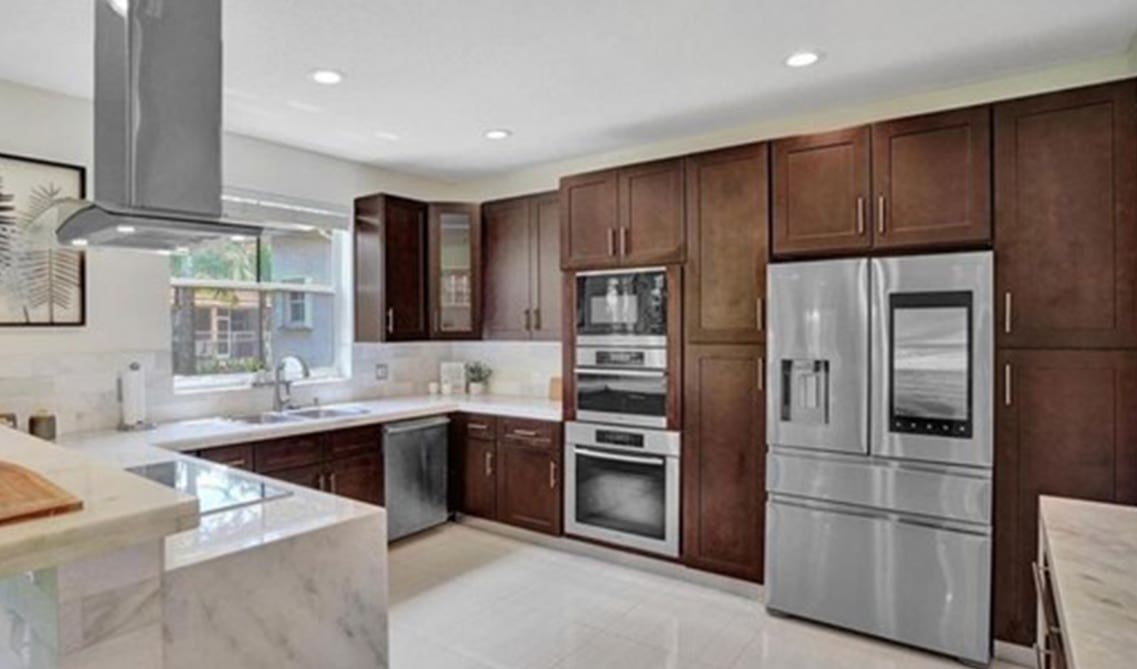
Lily Ann Cabinets: Shaker Espresso
Disposing of old cabinets can be a surprisingly significant expense, particularly if they contain hazardous materials like lead paint. Many municipalities have specific regulations for the disposal of hazardous materials, which can require special handling and disposal methods.
In addition to the cost of disposal, you may also need to consider the labor involved in removing the old cabinets. If you're hiring a contractor to handle the removal, this can add to the overall cost of your renovation. Alternatively, if you plan to remove the cabinets yourself, you'll need to factor in the cost of renting a dumpster or hiring a waste removal service to dispose of the cabinets properly.
To minimize the cost of disposing of old cabinets, consider donating them if they're still in good condition. Many charitable organizations accept donations of used cabinets and can provide a receipt for a tax deduction. Additionally, you may be able to sell the cabinets or their components to recoup some of the cost of disposal.
Conclusion:
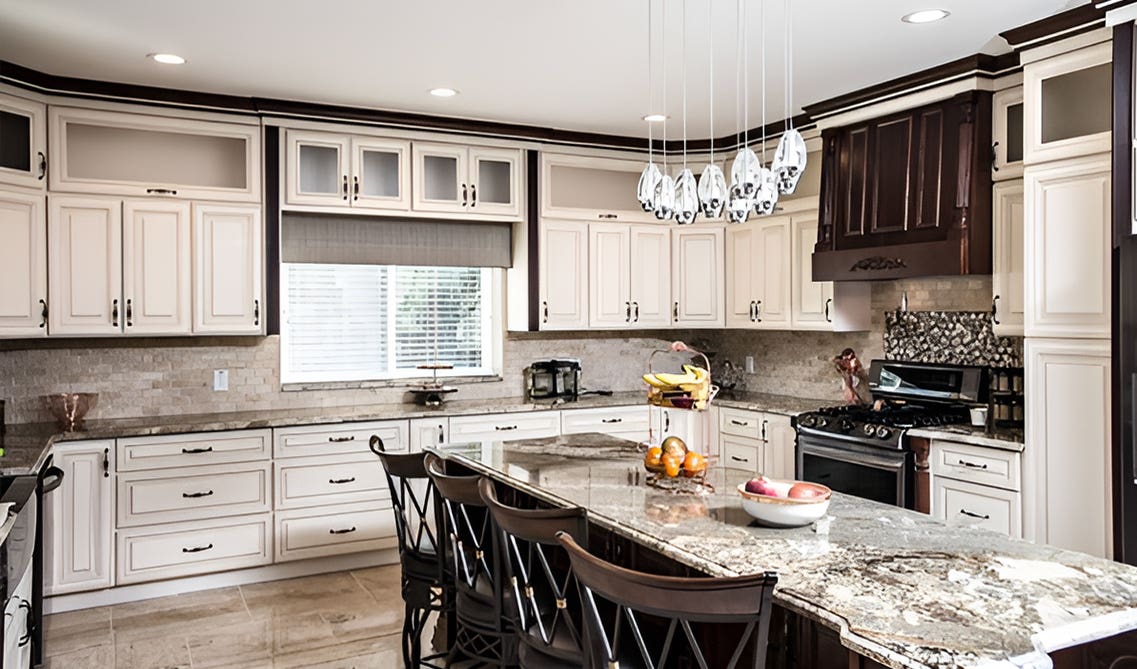
Lily Ann Cabinets: Charleston Linen
In conclusion, while renovating your kitchen cabinets can significantly improve the look and functionality of your space, it's essential to be aware of the potential hidden costs. By carefully considering factors such as structural changes, customization, hardware and accessories, finishes and materials, labor costs, unforeseen issues, permitting and inspection requirements, and the disposal of old cabinets, you keep the costs of your kitchen cabinet renovations to a minimum. Working with experienced professionals, obtaining multiple quotes, and being prepared for the unexpected can help ensure that your kitchen cabinet renovation stays within budget and delivers the results you desire.
FAQ’S
1. How much does it cost to install new kitchen cabinets?
The cost of installing new kitchen cabinets can vary widely depending on several factors, including the size and layout of your kitchen, the quality and materials of the cabinets, the complexity of the installation, and your location. On average, homeowners can expect to pay between $3,000 and $8,000 for standard stock cabinets installation. Custom cabinets can cost significantly more, ranging from $10,000 to $25,000 or more.
2. Should I hire a professional for kitchen cabinet renovations?
Hiring a professional for kitchen cabinet renovations is often recommended, especially for complex projects or if you lack the necessary skills and tools. Professionals have the expertise to ensure that the cabinets are installed correctly and efficiently, minimizing the risk of costly mistakes. They can also help you navigate any unforeseen issues that may arise during the renovation process. Additionally, hiring a professional can save you time and stress, as they will handle all aspects of the project from start to finish.
Recent Blogs
Kitchen Decor
What Your Wife Really Wants for Mothers Day
Kitchen Cabinets,Wood Cabinets,Cabinet Tips,Cab...

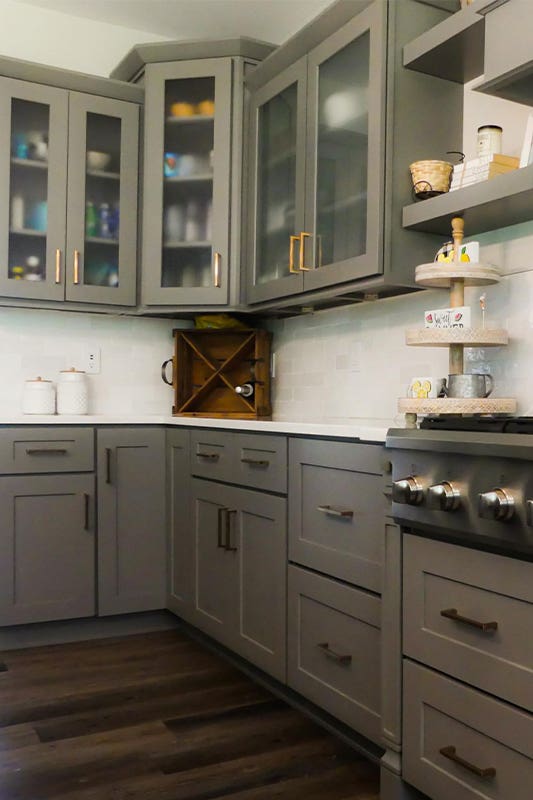
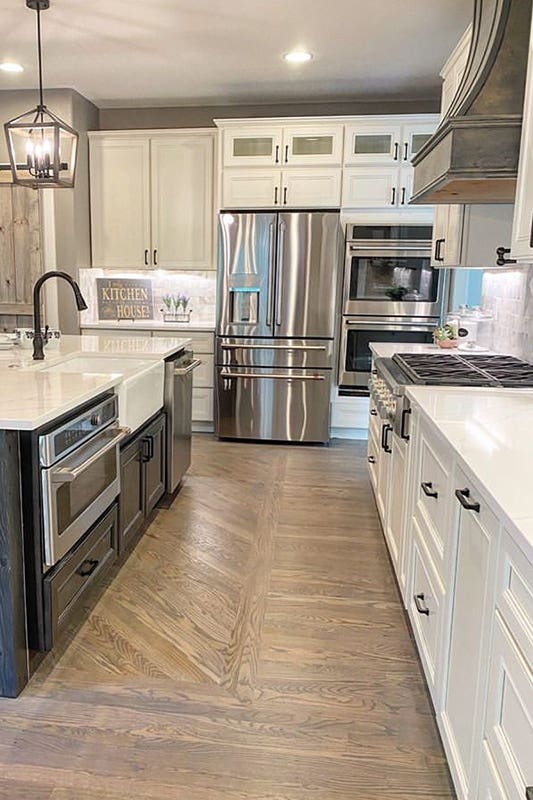
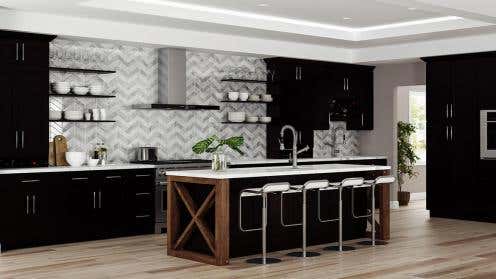
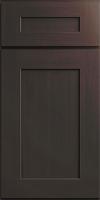
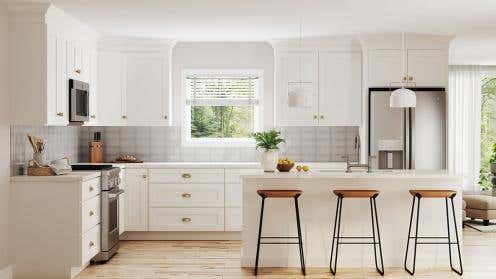
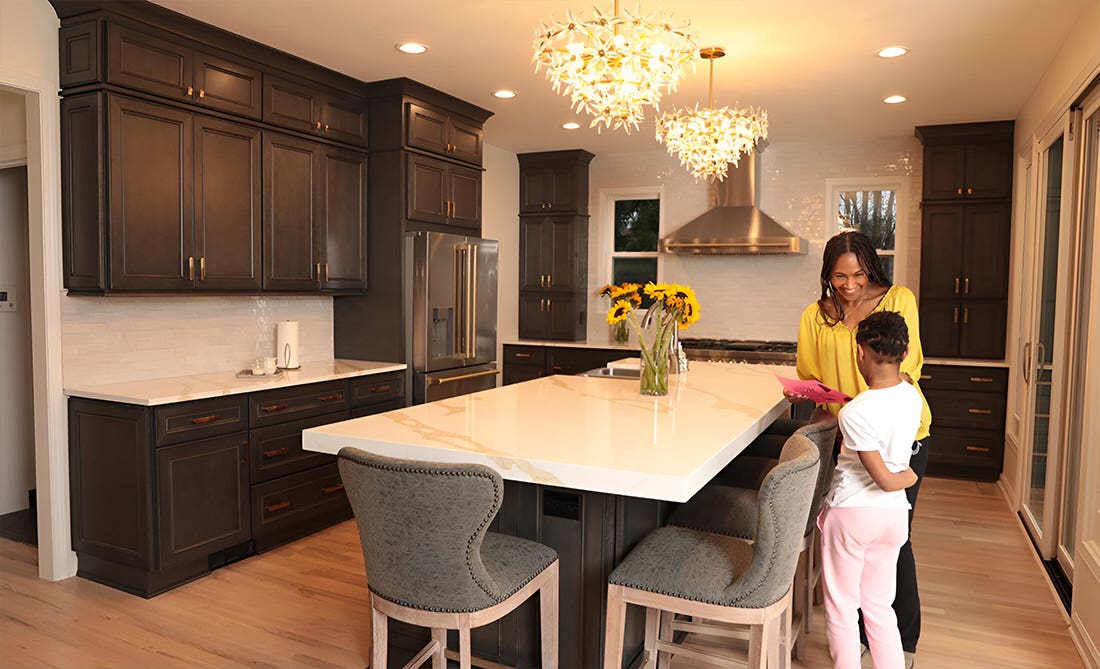
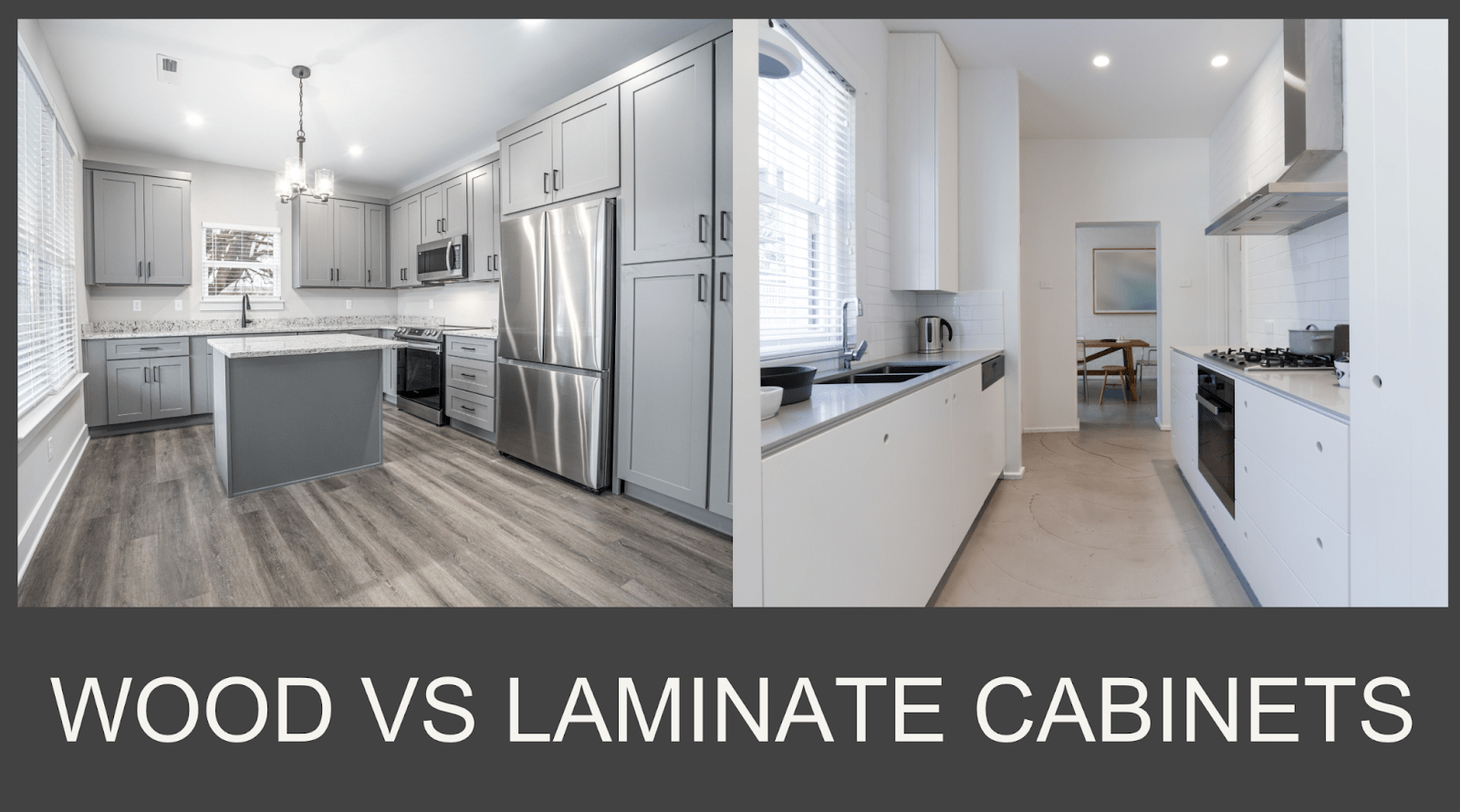
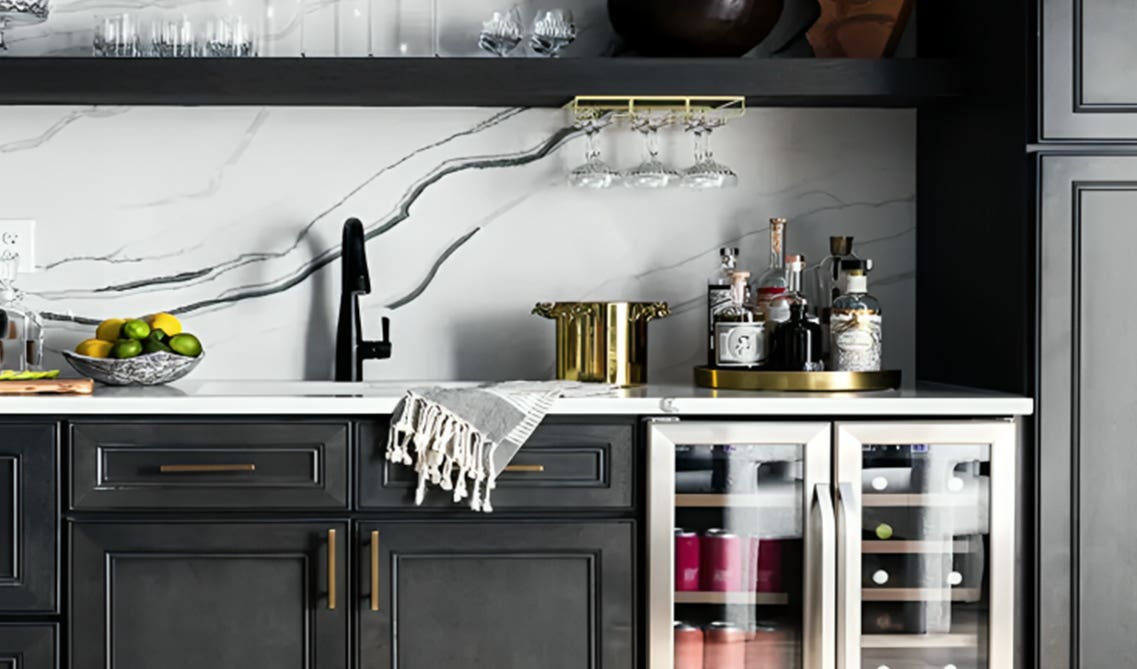
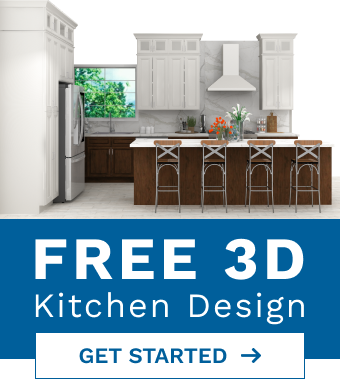

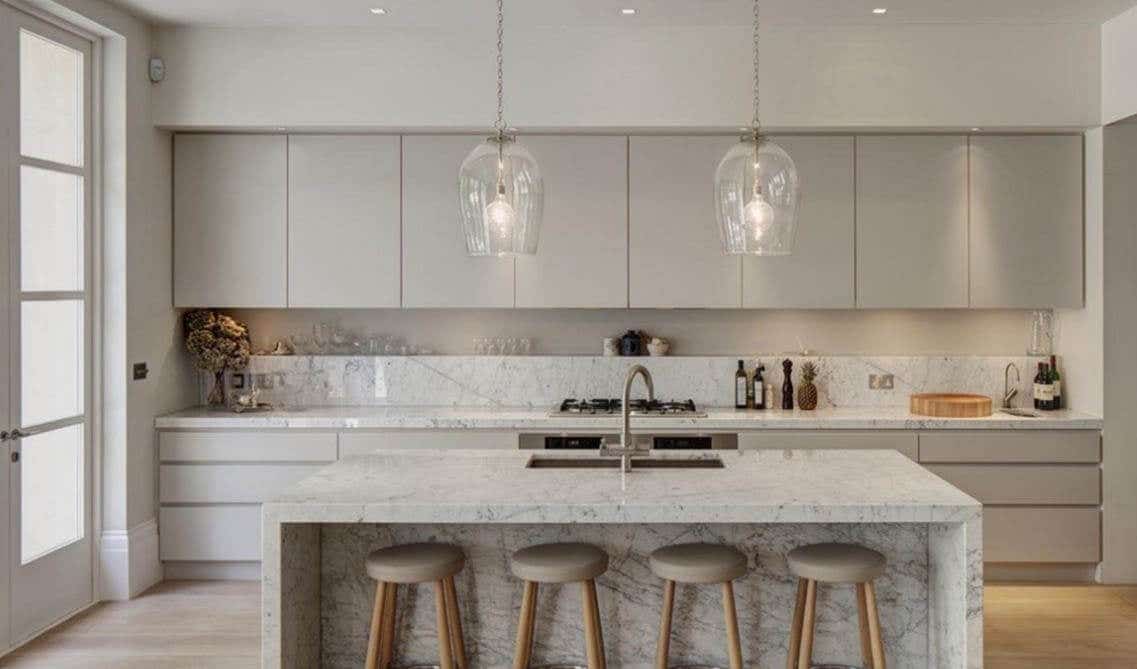
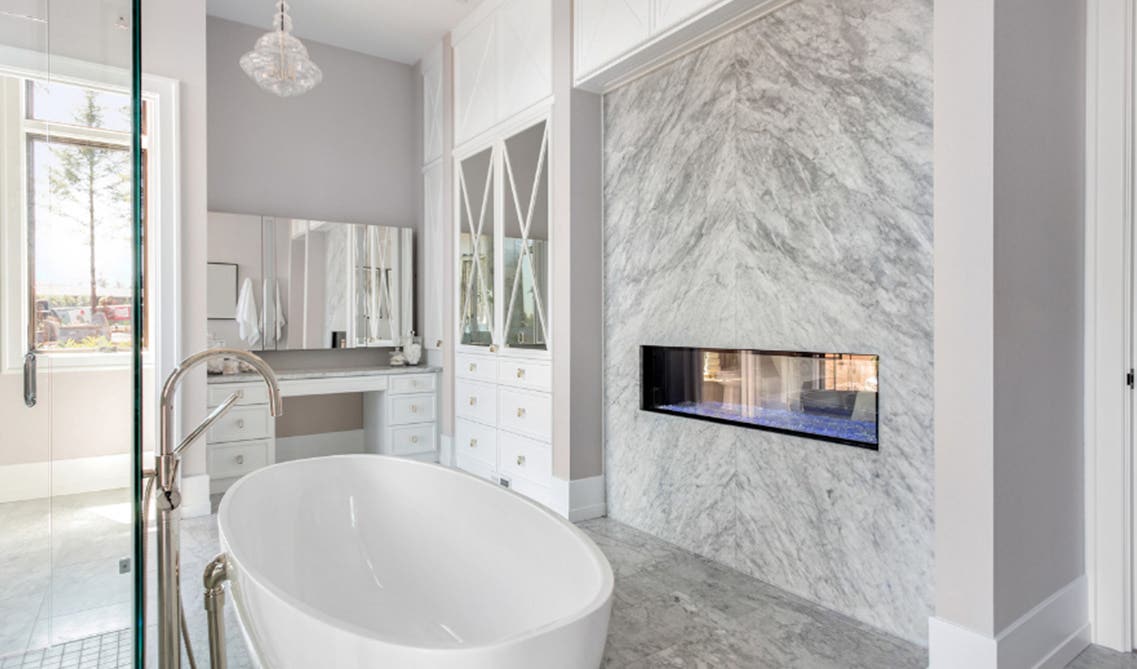
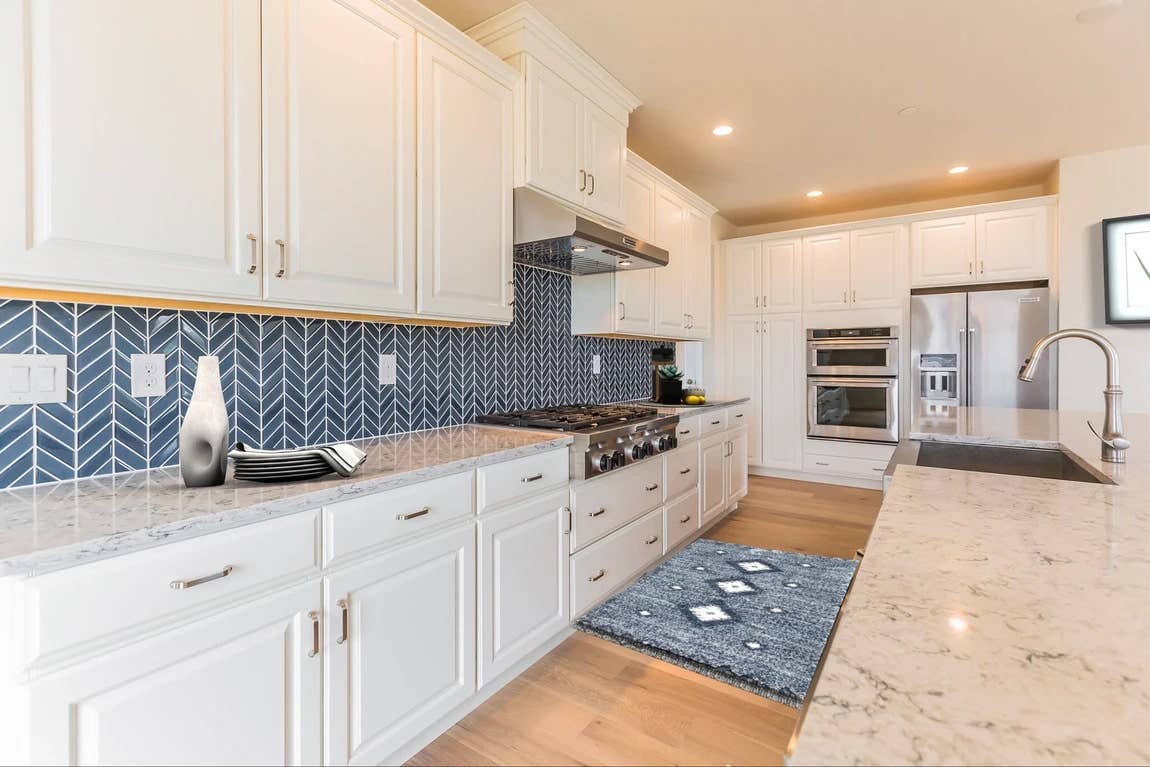
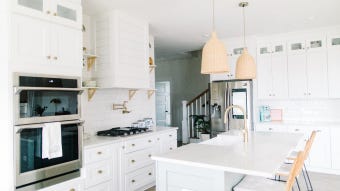
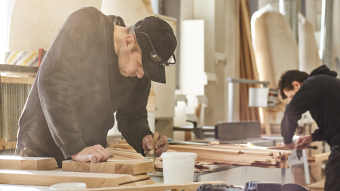

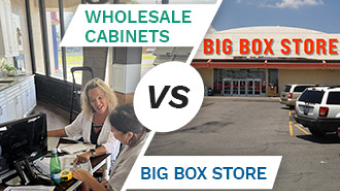
Comments